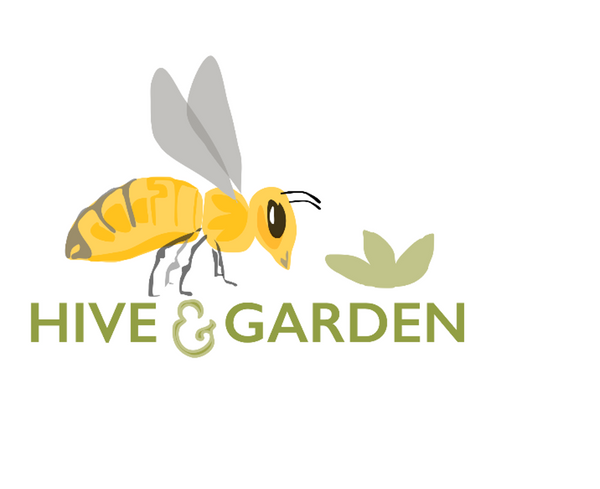Colony Splits: Basic Principles- Part 3
Share
Queen Excluder Split
Overview: This method is a way of splitting a hive when you can’t find the queen but want to make sure she remains with the source hive. Unlike the walk-away split, it ensures you keep the source hive queenright. But it entails shaking all the bees from the top hive box to the lower one, which is quite disruptive and time consuming. For this reason, we find we don’t actually use this method much as its close cousin, the Double Screen Split, which we will discuss later.
Step 1a: Remove the source hive lid and remove the top hive box. Set it down on a bottom board close by to prevent the queen from walking away if she is in the top box. Place a queen excluder on the lower box and place an empty super or deep box on the queen excluder. (The super helps contain the bees as they settle into the lower box.)
Step 2: Remove the honey super and reinstall the top source hive box above the queen excluder, then reinstall the lid. The hive is now partially split. The queen cannot access the top brood box but the nurse bees can take care of the brood.
Step 3: Once the nurse bees have returned to cover the brood in the top box, (we tend to wait until the following day, but they typically start returning within minutes), you can split the hive by removing the top box and placing it on the adjacent bottom board. Then add a lid. Reverse the source hive so returning source-hive foragers will enter the split hive to rebalance the foragers from the split hive that returned to the source (to which they are still oriented at this point). Feed the split colony heavily.
Not less than one day after separating the top box from the source hive, you can install a purchased queen. Alternatively allow the colony to raise its own queen. This assumes the hive has plenty of eggs and young larvae.
Double Screen Split
Overview: If you have a double screen handy, you can put it to good use if you want to split a strong colony. The double screen acts as a separator while still allowing the warmth from the lower hive to boost the upper split colony. In comparison, the queen excluder split is a softer separation in that the workers from the lower brood box can mingle with the upper box. The double screen allows no mingling. However, unlike the queen excluder, the double-screen provides a useful built-in entrance that is oriented in the opposite direction to the source hive bottom board.
What we particularly like about this method is that it speeds up our split sessions in the bee yard. We can quickly insert the double screen and then move on to the next split, knowing that both newly made top colony now has its own entrance. Then we can come back at our convenience and finish the splits
Step 1: Select a source hive and prepare an adjacent site for the new colony. Have a double screen and bottom board at hand. Inspect the source hive for the queen. Place her in the lower box if she is not already there. (Alternatively, leave her in the upper box, and plan to replace the queen in the lower box by installing a purchased queen or by letting the lower colony raise an emergency queen.)
Immediately slip a double screen between the upper and lower box, with the double screen entrance reversed from the bottom board. Double Screen Split D
Step 2: Wait at least a day (longer is fine as the upper box is now independent from the lower box) for the colonies to settle down after their separation. When you are ready, transfer the upper hive box onto the adjacent bottom board. (Make sure that the adjacent bottom board is pointed opposite to the Source Hive bottom board.) Then close it up.
Step 3: After a day (to make sure the Source Hive’s queen pheromone has dissipated), add a new queen into the split hive. Alternatively, raise a queen in the split hive. This will need worker eggs for the colony from which to select to raise as a queen.
